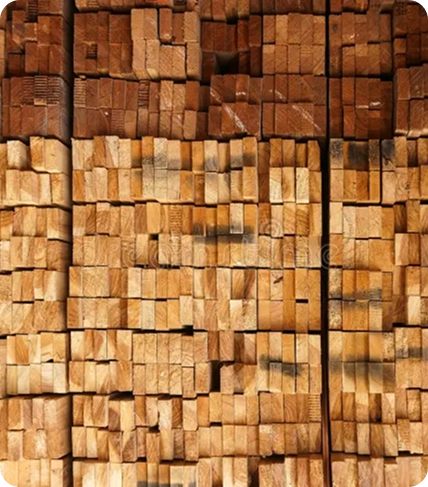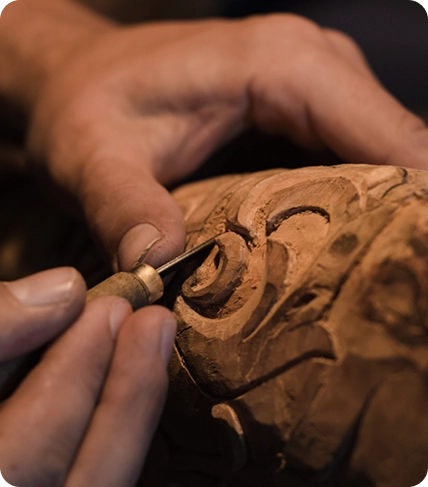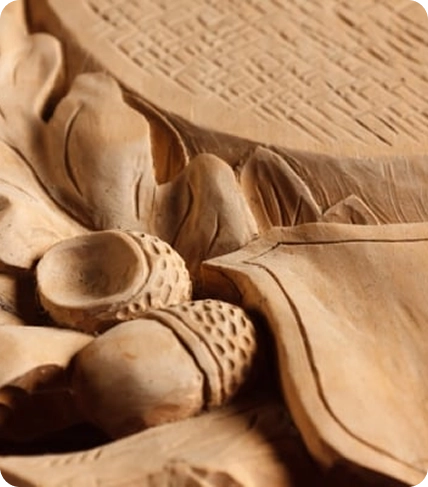The Aurora Nativity Scene, with its 20 wooden figurines sculpted by Dolfi, evokes the sacred narrative of the Nativity, a central event in the Christian faith. The figure of the Baby Jesus, the focal point of the nativity scene, represents the divine incarnation, the coming of God to earth for the salvation of humanity. Joseph and Mary, his earthly parents, symbolize humility, faith, and acceptance of the divine will. The shepherds, the first to adore the Child, embody the simplicity and readiness of heart in welcoming the Gospel message. The Three Wise Men, figures of wise men from afar, represent the universality of Christ's message, recognized and adored by every people and culture. Their offering of gold, frankincense, and myrrh symbolizes respectively the royalty, divinity, and sacrifice of Jesus.
The tradition of the nativity scene, born with Saint Francis of Assisi in 1223 in Greccio, aimed to make the mystery of the Incarnation visible and tangible, allowing the faithful to emotionally immerse themselves in the Nativity scene. Since then, the nativity scene has become a powerful symbol of Christmas, a reminder of the simplicity, love, and hope that Christ's birth brings into the world. Its veneration is manifested in domestic settings, in churches and in public spaces, becoming a moment of reflection, prayer and family sharing. Each statuette, carefully sculpted, is not only an object of art, but a vehicle of spiritual meaning, an invitation to contemplate the mystery of divine love made flesh.










